I. Introduction
Choosing the perfect hunting knife is an essential decision for any outdoorsman, survivalist, or knife enthusiast. A hunting knife is more than a tool; it's a survival companion, a symbol of self-reliance, and in some cases, a piece of art. For many, a knife is also a legacy item, meant to be passed down through generations. However, with the vast expanse of the internet, finding that ideal knife can be as challenging as the hunt itself.
It's about finding a knife that fits your hand comfortably, meets your specific needs, and is made of quality materials that will last. This guide aims to empower you with the knowledge and strategies necessary to sift through the options and pinpoint the hunting knife that will serve you best.
Whether you're a seasoned hunter or new to the outdoors, this guide will help you navigate the digital terrain as skillfully as you would the wilds.
II. Understanding Hunting Knife Basics
A. Types of Hunting Knives and Their Uses
Fixed-Blade Knives: These are the quintessential hunting knives. They have a solid construction, are reliable, and often preferred for their strength and durability. They're excellent for demanding tasks like skinning game or cutting through bone.
Folding Knives: Known for their portability, folding knives are versatile and convenient for casual hunters or as a secondary option. They fit easily into a pocket and are suitable for lighter, more precise work.
Specialty Knives: This category includes knives designed for specific tasks, such as caping for taxidermy, boning, and filleting. Each is crafted to optimize the efficiency of its intended use.
B. Anatomy of a Hunting Knife: Blade Shapes, Materials, and Handles
Blade Shapes: The shape of the blade dictates its suitability for tasks. Drop point blades are versatile and robust, while clip point blades allow for precision. Gut hook blades are specialized for field dressing game.
Blade Materials: The type of steel used for the blade affects its sharpness, strength, and corrosion resistance. Common materials include stainless steel for durability and high-carbon steel for superior edge retention.
Handles: The handle should provide a comfortable grip and be made from materials that can withstand harsh conditions. Options include synthetic materials for durability, wood for a classic look, and rubber for a non-slip grip.
C. Key Terms and Features to Know
Tang: The tang is the part of the blade that extends into the handle. A full tang, where the metal runs the length of the handle, provides maximum durability.
Grind: This refers to how the blade is thinned to reveal the edge. A flat grind offers a sharp but weaker edge, while a convex grind is durable but may not be as sharp.
Edge Retention: This term describes how long a blade can stay sharp under repeated use. It's a balance between the hardness of the steel and its toughness.
III. Setting Your Criteria
To narrow down the search for the perfect hunting knife, establishing clear criteria that reflect your personal needs and preferences is essential. This step is about aligning the knife's features with your specific requirements, ensuring that the knife you choose is not only of high quality but also the right fit for you.
A. Determining Your Needs: Size, Purpose, and Budget
Size: Consider the game you typically hunt and the size of the knife you’ll need. A larger knife may be more suited for bigger game, while a smaller knife could be ideal for precision tasks like dressing small game or birds.
Purpose: A hunting knife is a specialized tool designed for hunters and outdoor enthusiasts. It serves several key functions:
- Field Dressing and Skinning: Essential for field dressing, the process of removing internal organs to prevent meat spoilage, and for skinning the animal.
- Butchering and Processing Meat: Used to butcher the animal and divide the meat into portions, requiring a sharp and durable blade.
- Cutting Tool for Survival Situations: In survival scenarios, it can be used for various tasks like cutting wood, building shelters, or self-defense.
- Crafting and General Outdoor Use: Useful for crafting, cutting ropes, or preparing firewood in outdoor activities.
- Precision and Craftsmanship: Designed for precision and durability, often featuring ergonomic handles and high-quality, long-lasting blades.
Budget: Be realistic about how much you are willing to spend. While high-end knives can be a significant investment, there are also many affordable options that don’t compromise on quality.
B. The Significance of Craftsmanship
Craftsmanship: Look for signs of quality craftsmanship, such as attention to detail, the finish of the knife, and the materials used. A well-crafted knife is more likely to offer durability and a better user experience.
C. Custom vs Factory-Made: Pros and Cons
Custom Knives: Custom knives are made to order, offering personalized options for materials and design. They can be more expensive, but they also provide a level of customization and craftsmanship that factory-made knives may not.
Factory-Made Knives: These knives are mass-produced and often more affordable. Many reputable brands offer factory-made knives that boast high quality and reliability.
IV. Advanced Features and Technologies in Hunting Knives
Advancements in technology and design have led to the development of various features in hunting knives that enhance their functionality and user experience. Understanding these advancements can help you choose a knife that not only suits your needs but also leverages modern innovations.
A. Blade Coatings and Treatments
Many hunting knives now come with specialized coatings and treatments that improve their aesthetic appearance. These can include ceramic coatings, PVD (Physical Vapor Deposition), and DLC (Diamond-Like Carbon) coatings, which also add to the aesthetic appeal of the knife.
B. Ergonomic Handle Designs
Ergonomics play a vital role in the functionality of a hunting knife. Modern knives feature handles designed for better grip and comfort, reducing hand fatigue during extended use. Materials like G10, Micarta, and various rubbers are often used for their durability and comfort.
C. Innovative Sheath Designs
The sheath is an often overlooked but essential component of a hunting knife. Advances in sheath design include modular systems that allow for different carrying styles, integrated sharpening tools, and improved locking mechanisms for safety.
V. Maintenance and Care of Hunting Knives
Proper maintenance and care are crucial to extending the life and performance of your hunting knife. Understanding how to care for your knife will ensure it remains reliable and efficient over time.
A. Regular Cleaning and Sharpening
Regular cleaning and sharpening are vital for maintaining the blade's condition. Use the appropriate tools and techniques for cleaning and sharpening, considering the type of blade material and edge grind.
B. Storage and Transportation
Proper storage and transportation are key to protecting your knife. Avoid damp environments that can lead to rust, and use protective sheaths or cases, especially when transporting the knife.
C. Periodic Inspection and Professional Servicing
Periodically inspect your knife for signs of wear or damage. For complex issues or deep maintenance, consider seeking professional servicing, especially for high-end or custom knives.
VI. The Allure of Damascus Hunting Knives
Damascus hunting knives are not only functional tools but also works of art, revered for their unique patterns and historical significance. Understanding what sets these knives apart can help you appreciate their value and possibly consider one for your collection.
A. The Craftsmanship of Damascus Steel
Damascus steel is renowned for its strength, durability, and distinctive patterned designs. These patterns are created through a process of folding and forging multiple layers of steel. The artistry involved in this process makes each Damascus knife unique.
B. Performance and Durability
While Damascus knives are often admired for their beauty, they are also highly functional. The layering process used in their creation results in a blade that is not only visually striking but also resilient and capable of retaining a sharp edge over time.
C. Care and Maintenance
Like any high-quality hunting knife, Damascus blades require proper care and maintenance. Regular cleaning, proper storage, and occasional oiling are necessary to prevent rust and maintain the integrity of the steel's pattern. It's also important to use appropriate sharpening techniques to preserve the unique pattern of the blade.
D. Choosing a Damascus Hunting Knife
When selecting a Damascus hunting knife, consider the type of game you typically hunt, the knife's balance and ergonomics, and the pattern of the Damascus steel that appeals to you. Also, be aware of counterfeit products and ensure you're purchasing from a reputable seller.
VII. Customizing and Personalizing Your Hunting Knife
Customizing and personalizing a hunting knife can transform it from a mere tool into a personal statement or a treasured heirloom. This section explores the various customization options available and how to make the most of them to create a knife that is uniquely yours.
A. Custom Blade Shapes and Sizes
One of the most significant aspects of customization is the blade itself. You can choose from a variety of shapes and sizes to suit your specific hunting needs or aesthetic preferences. Whether it's a traditional drop point or a more specialized skinning blade, customizing the blade shape can significantly impact the knife's functionality and appearance.
B. Handle Materials and Ergonomics
The handle is another area where personalization can make a big difference. Materials range from classic wood to modern composites; each offering different looks and feels. Ergonomic designs can be tailored to your hand for comfort and efficiency, enhancing the overall experience of using the knife.
C. Engravings and Artistic Embellishments
Engravings and artistic embellishments can significantly enhance the personal value of a hunting knife. Including your initials, a special date, or a design that holds personal significance not only personalizes the knife but can also transform it into a meaningful gift or a cherished family heirloom.
D. Making the Most of Customization Options
Maximizing the available customization options involves considering both practical and aesthetic aspects of your hunting knife. Reflect on how you will use the knife and the designs or materials that resonate with you personally. Collaborating with a skilled craftsman can help bring your vision to life, ensuring that your custom knife is not only visually appealing but also perfectly tailored to your needs.
Conclusion
The quest for the perfect hunting knife is a journey that intertwines practicality, aesthetics, and personal preference. This guide has navigated through the essential aspects to consider, from understanding basic knife types and features to delving into advanced materials like Damascus steel and exploring custom design options. A hunting knife is more than a mere tool; it is a companion in your outdoor adventures, a representation of your affinity for the wilderness, and, potentially, a legacy item to be treasured across generations.
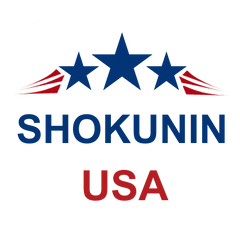

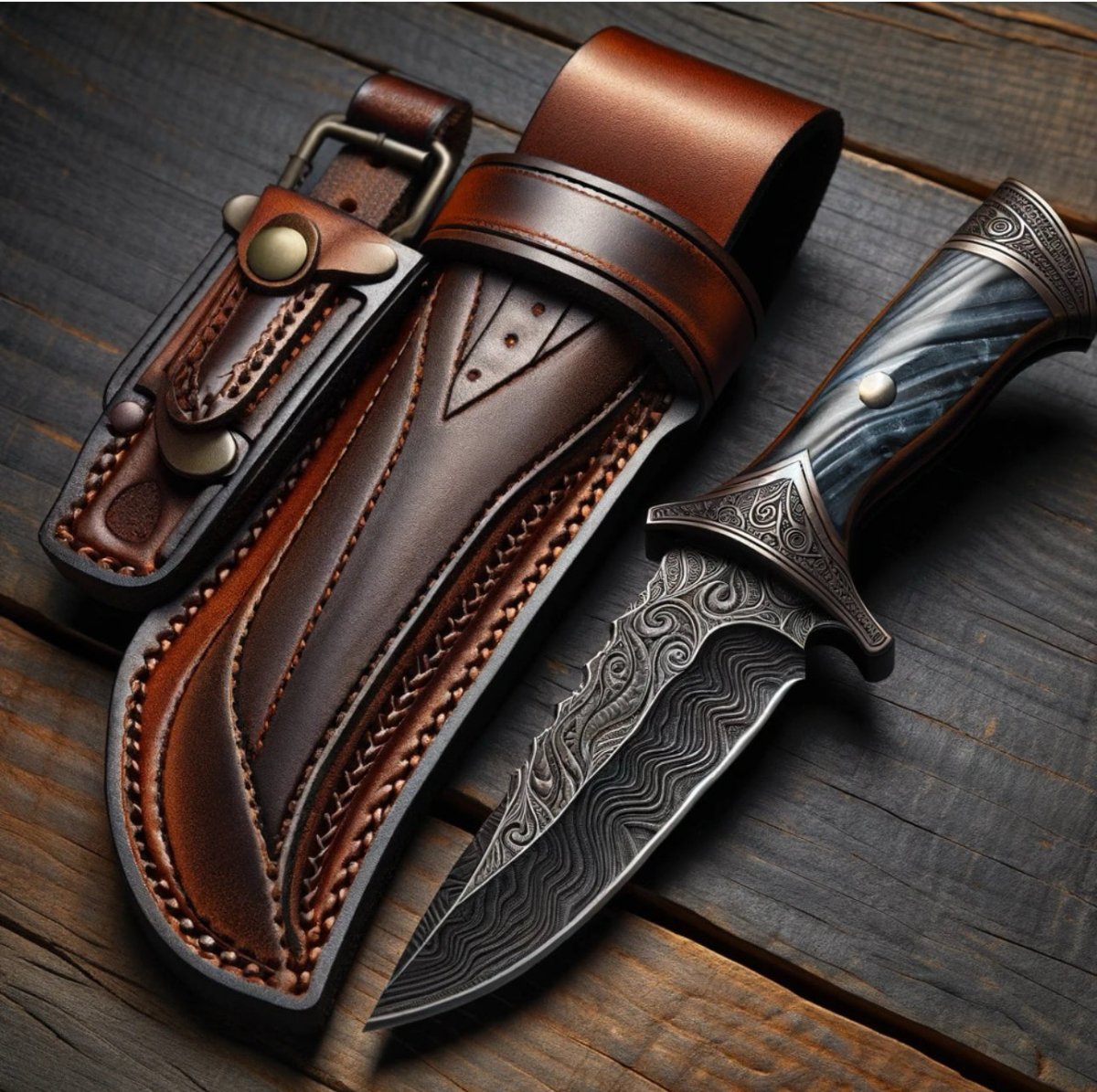



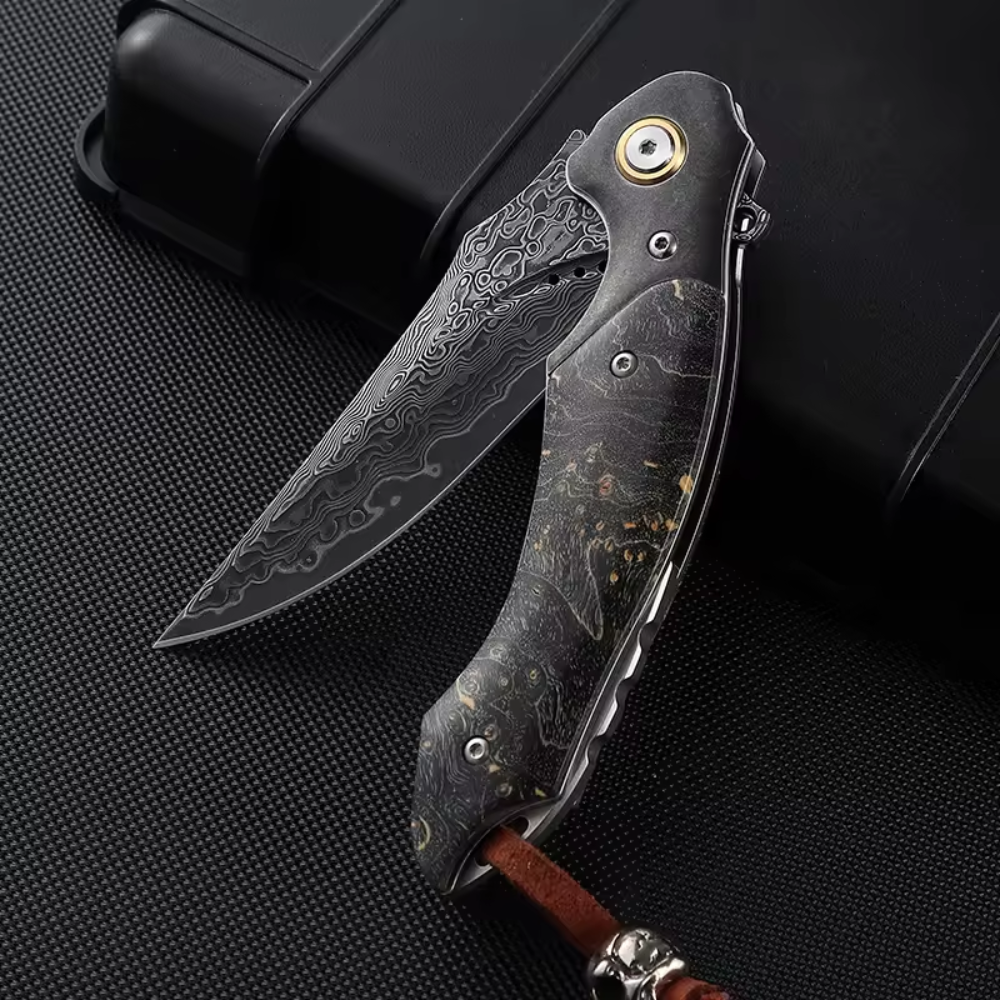
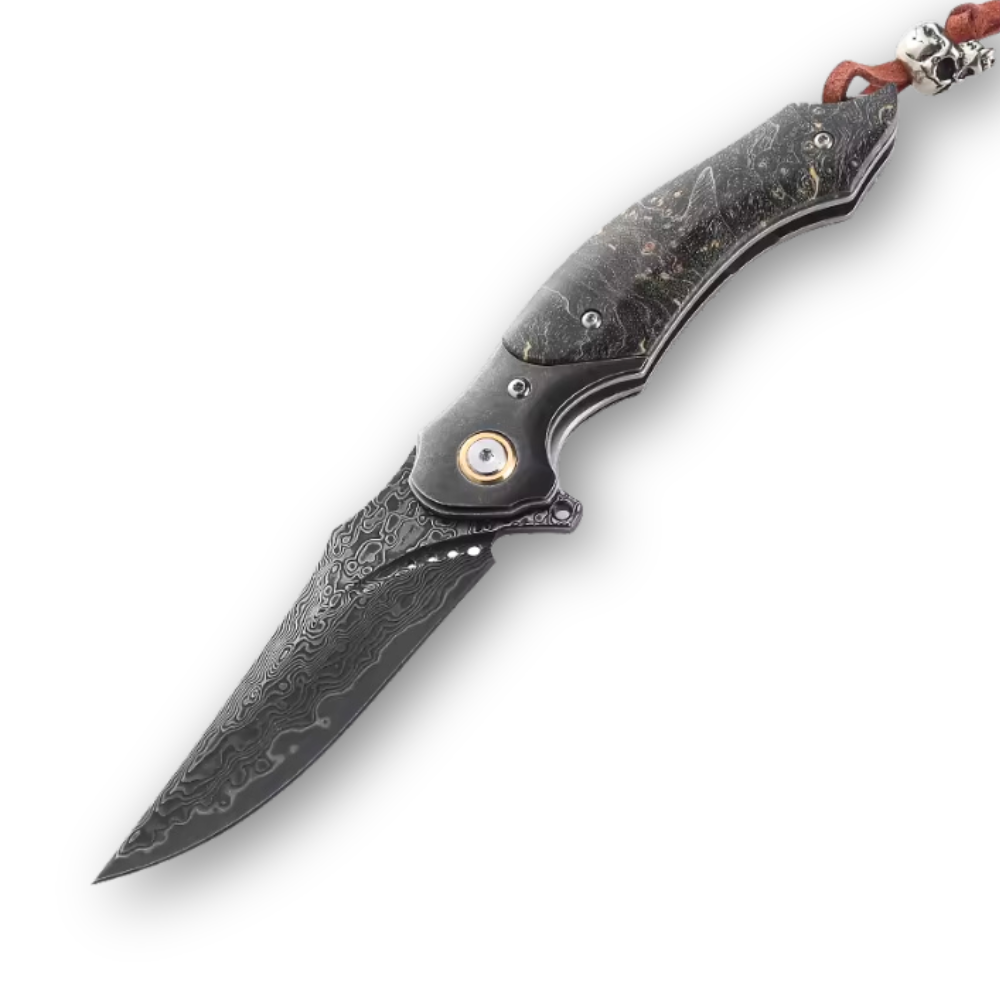

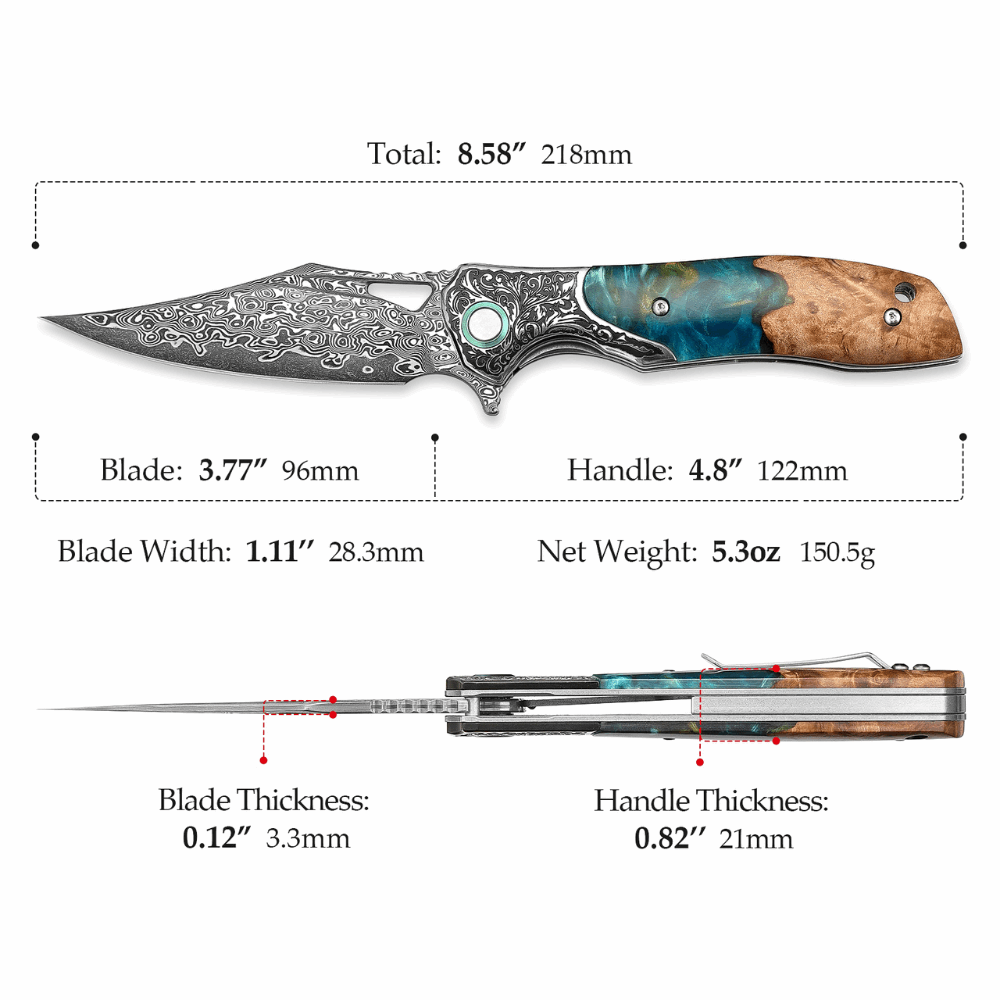
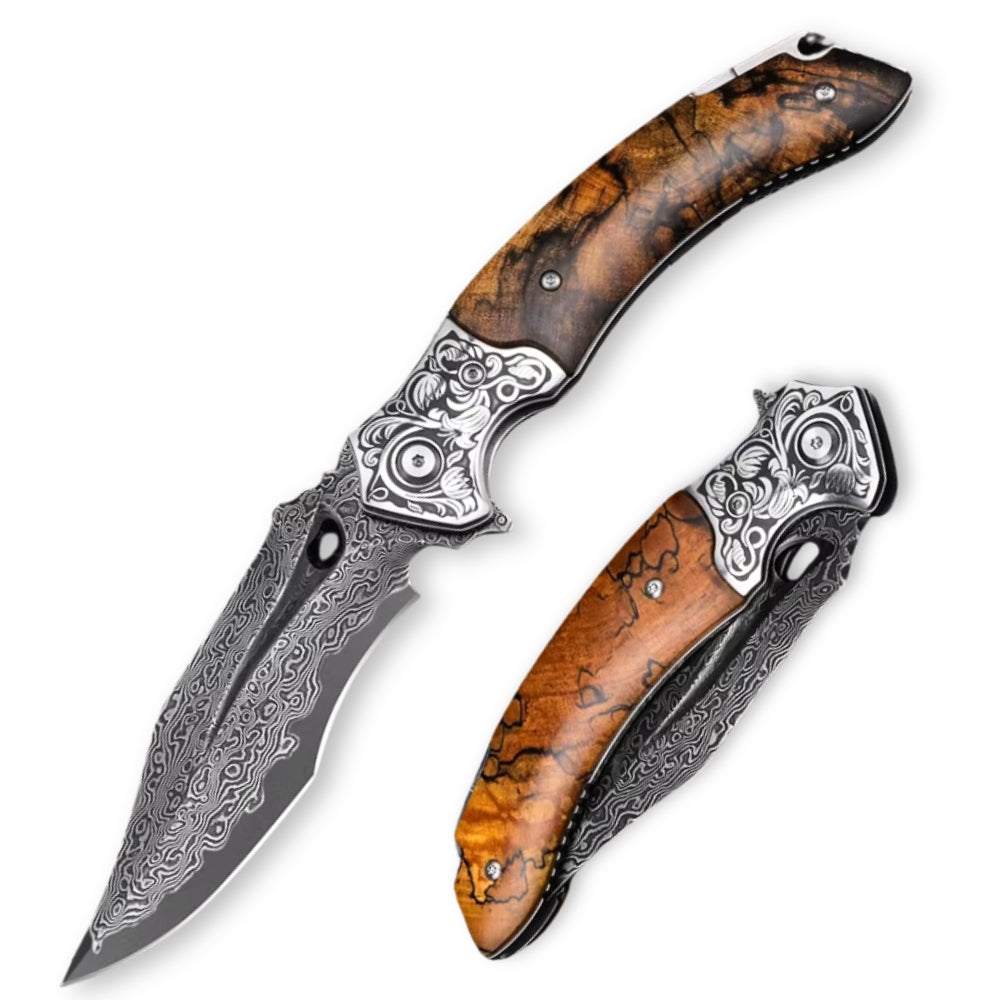
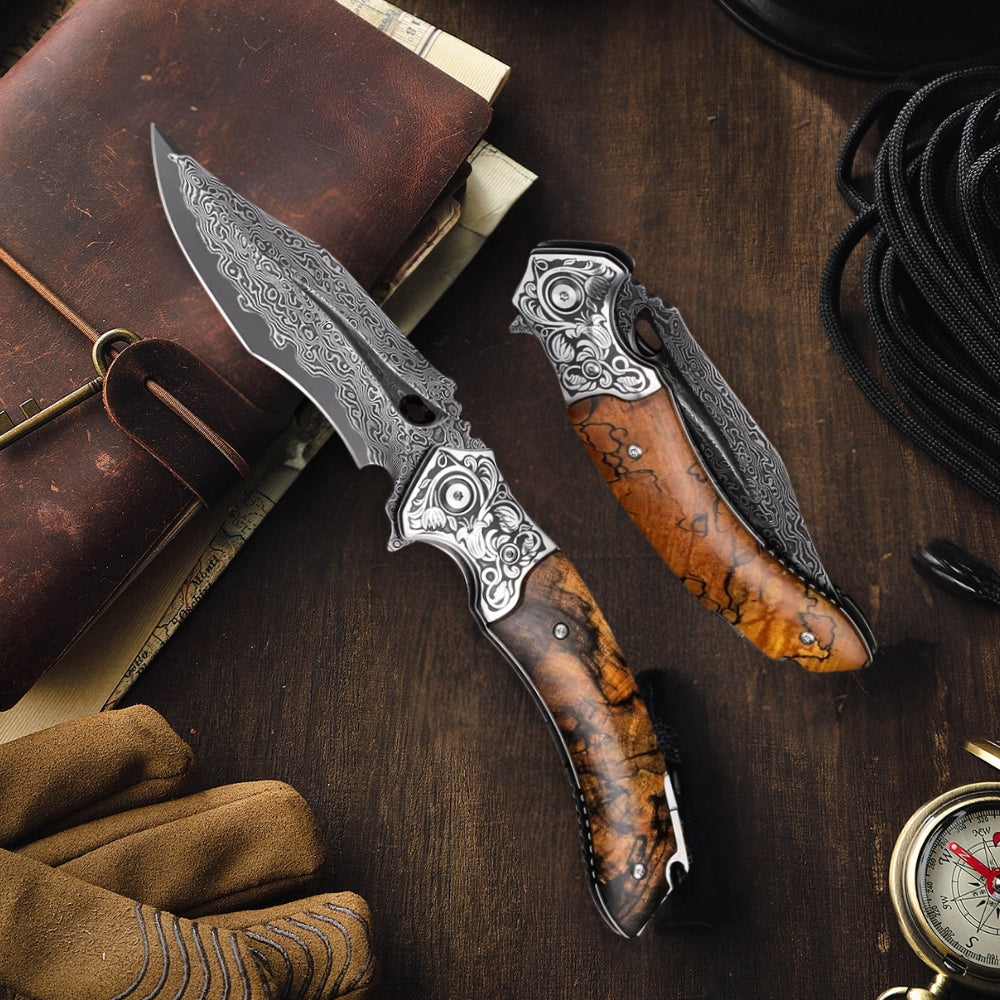
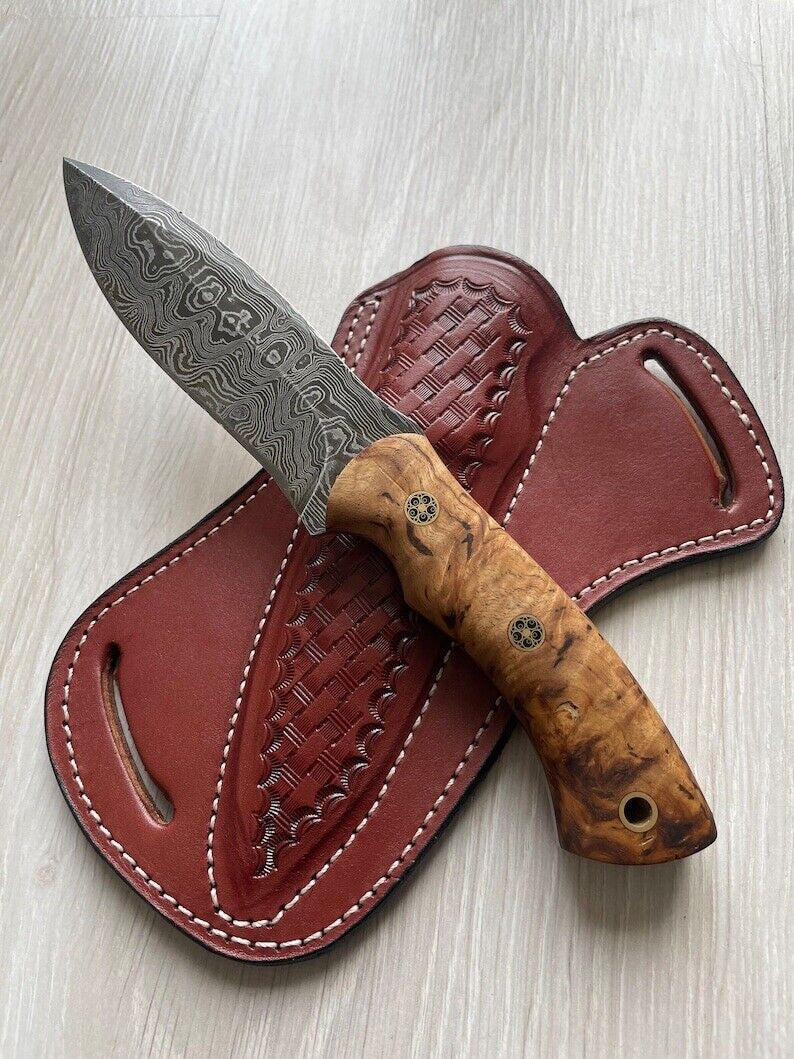
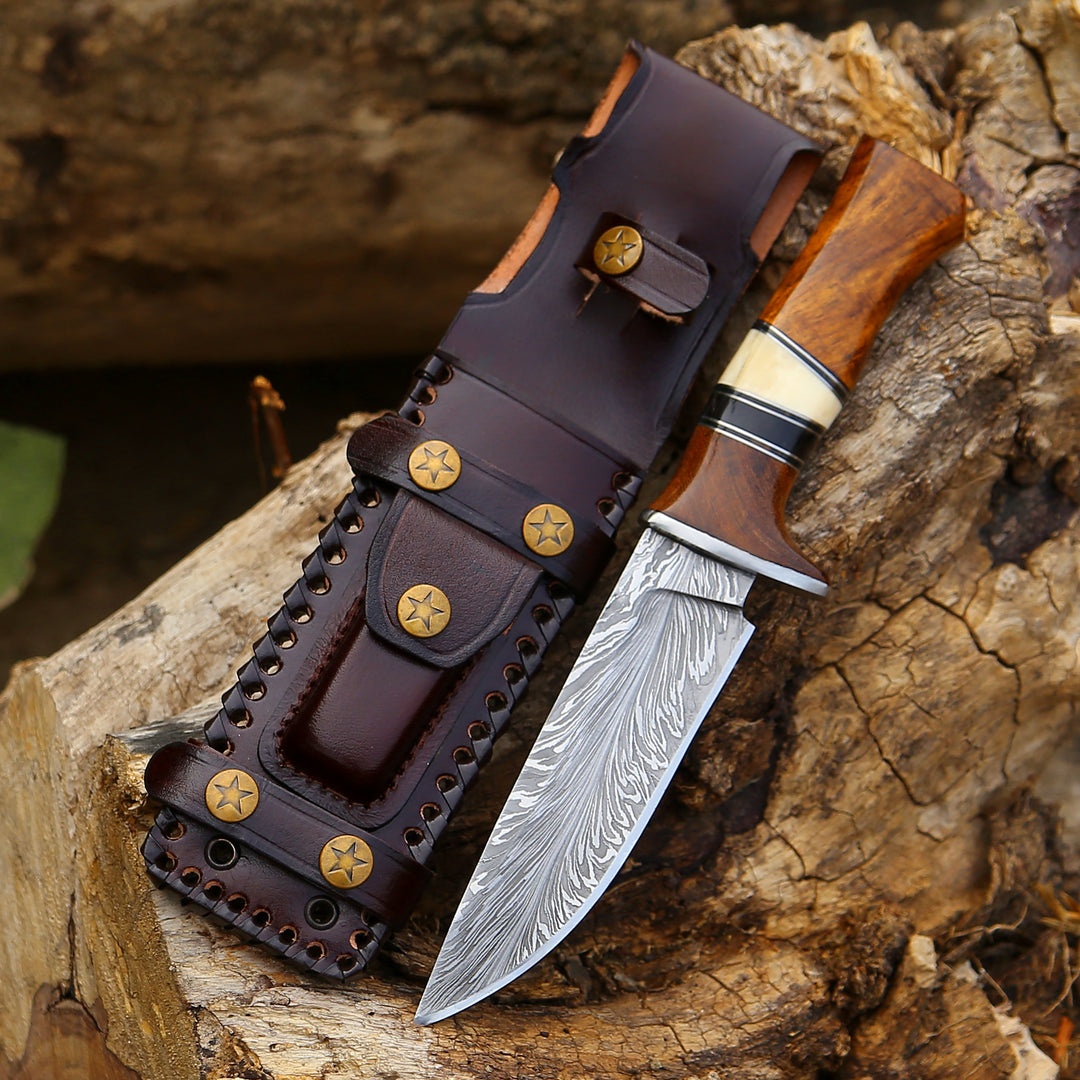
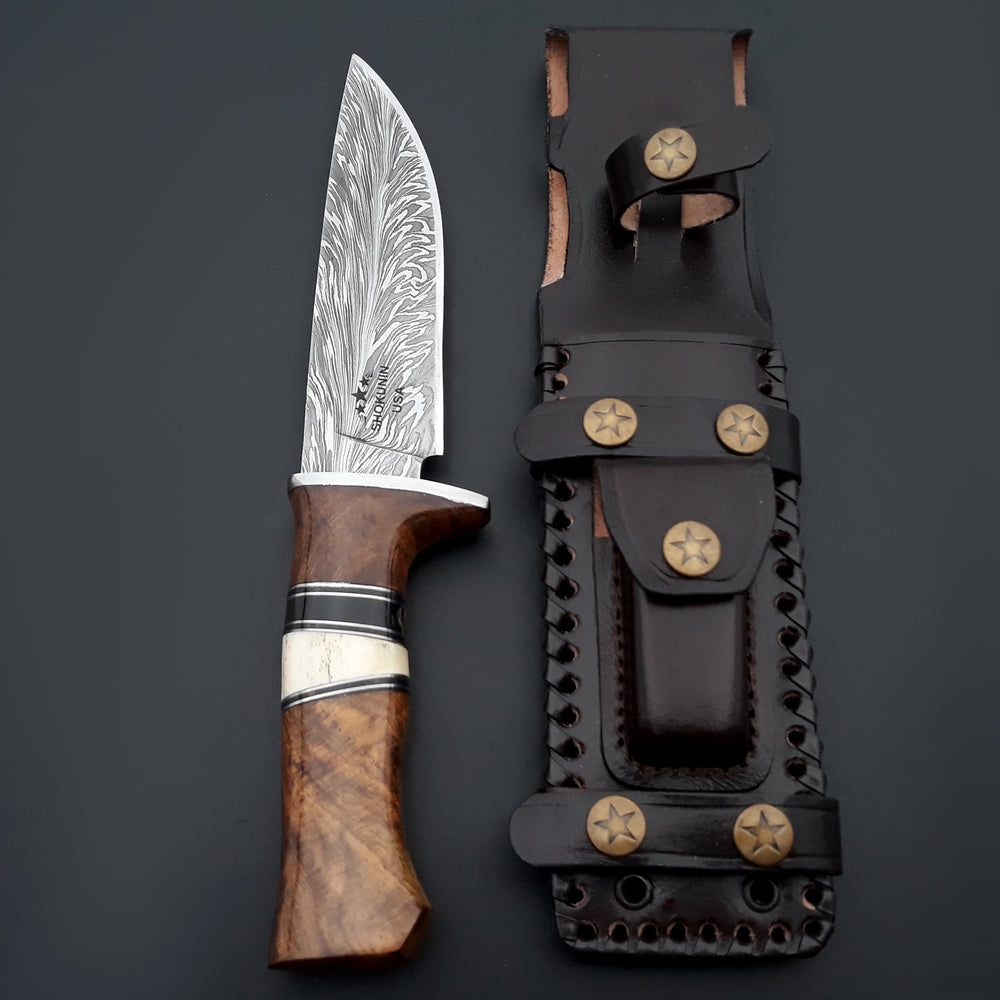
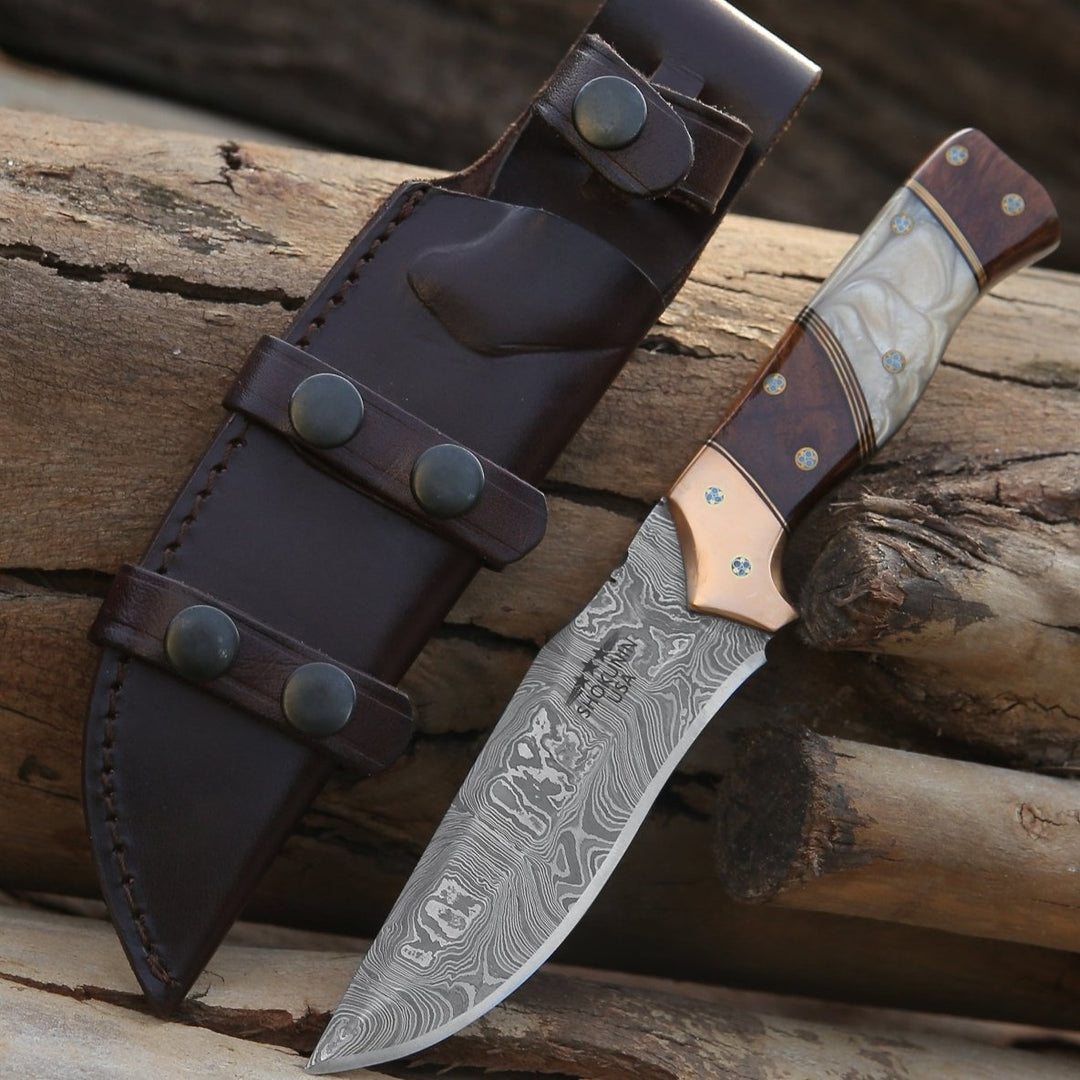
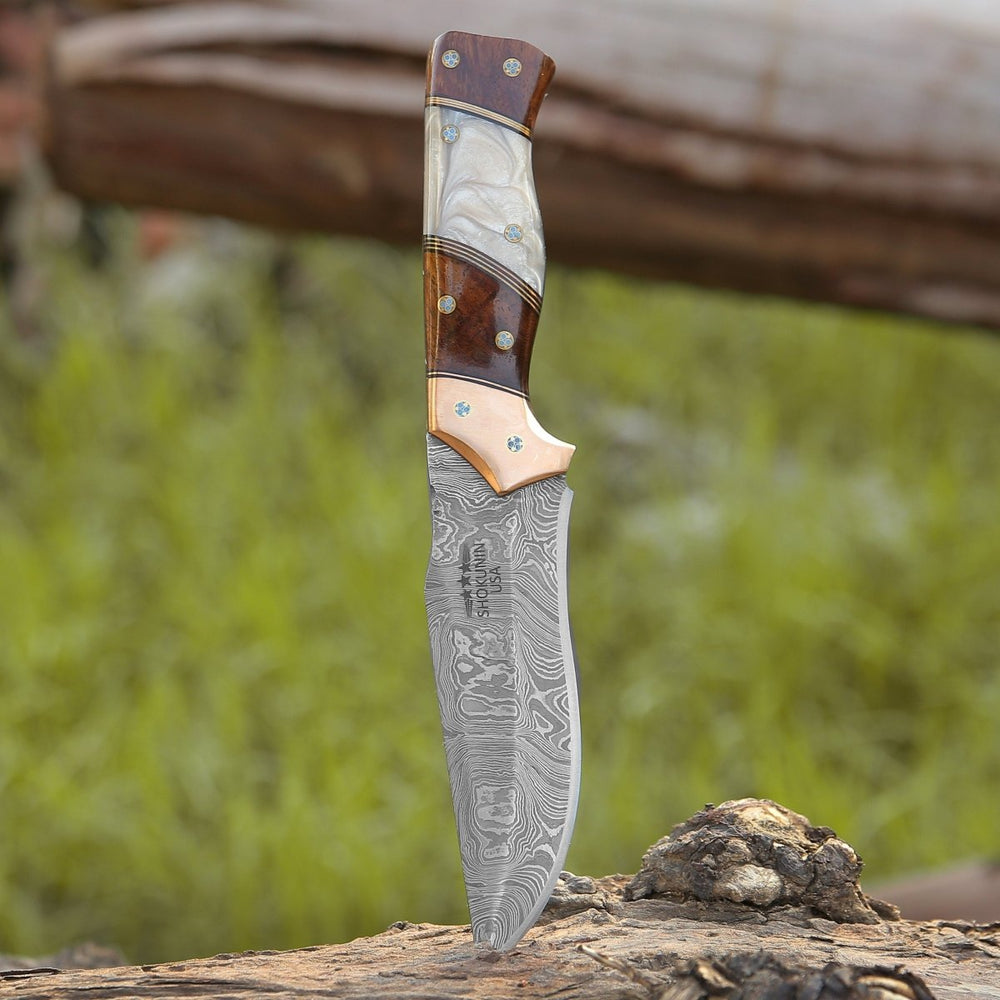
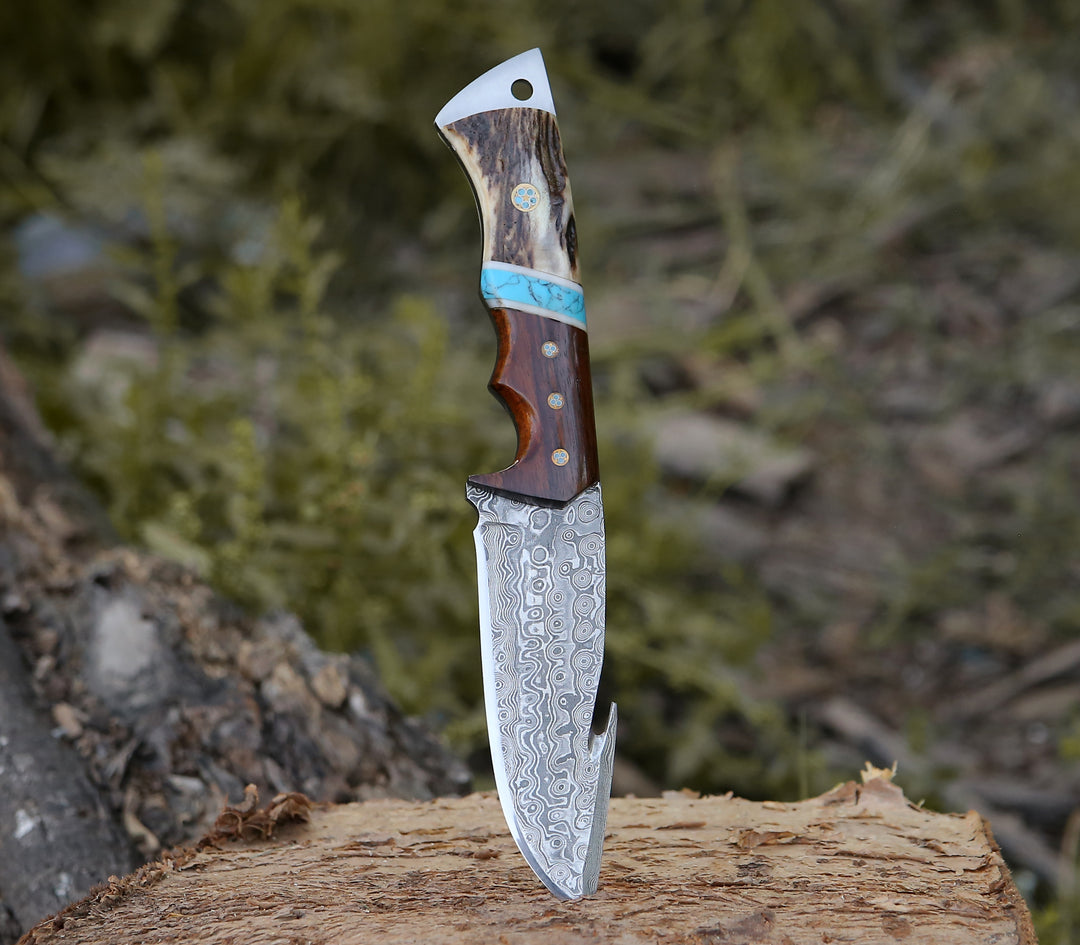
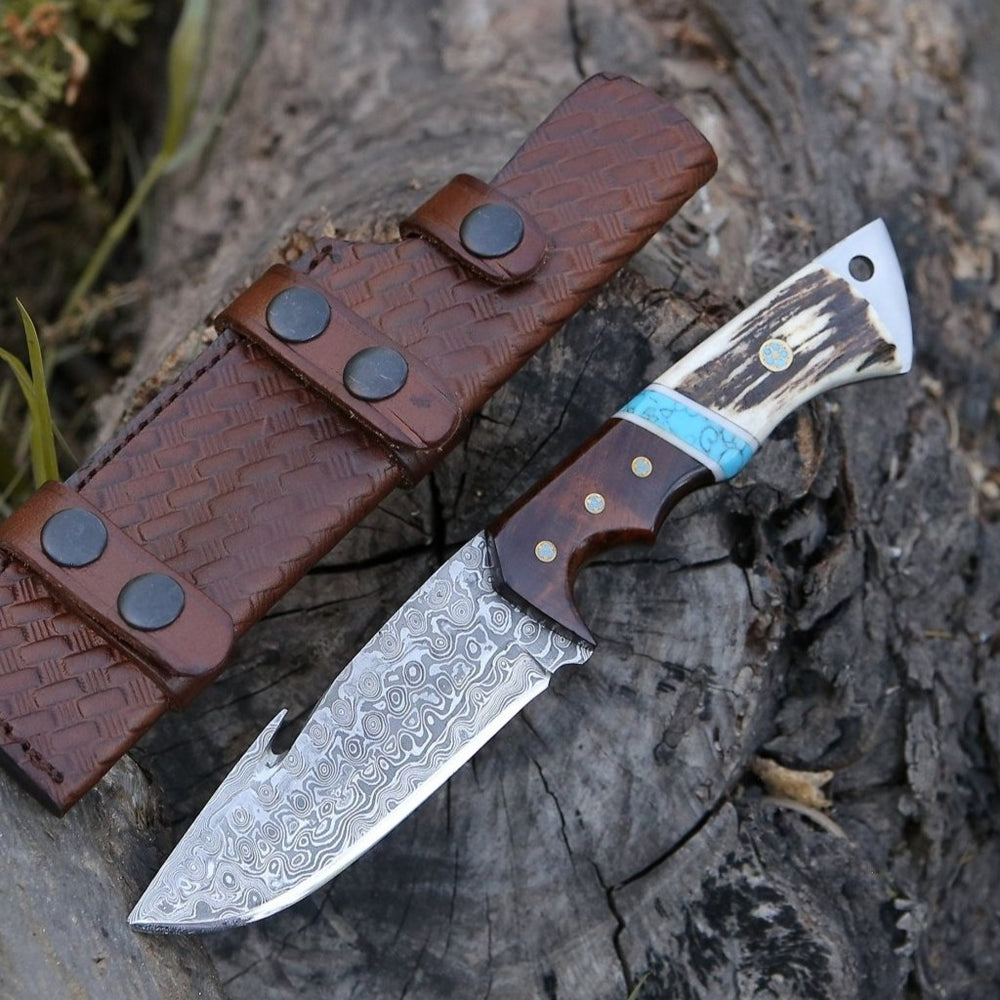
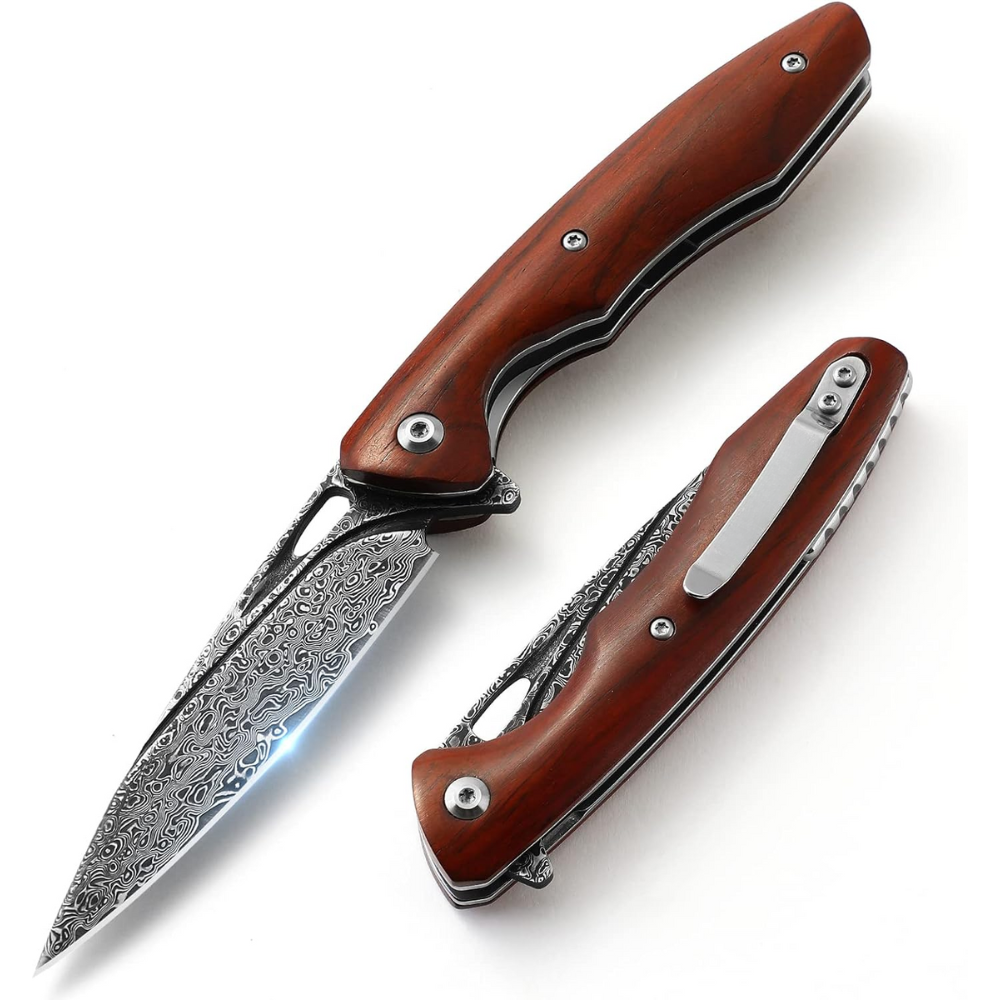
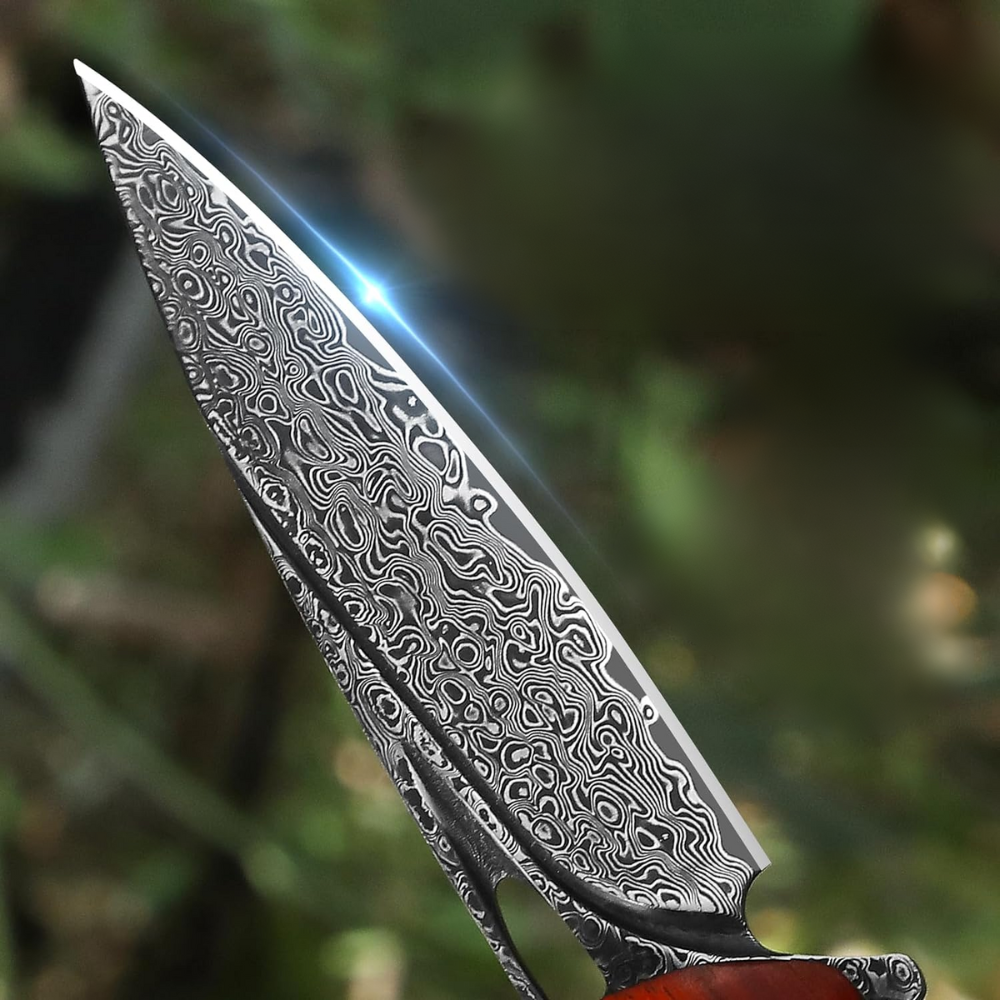
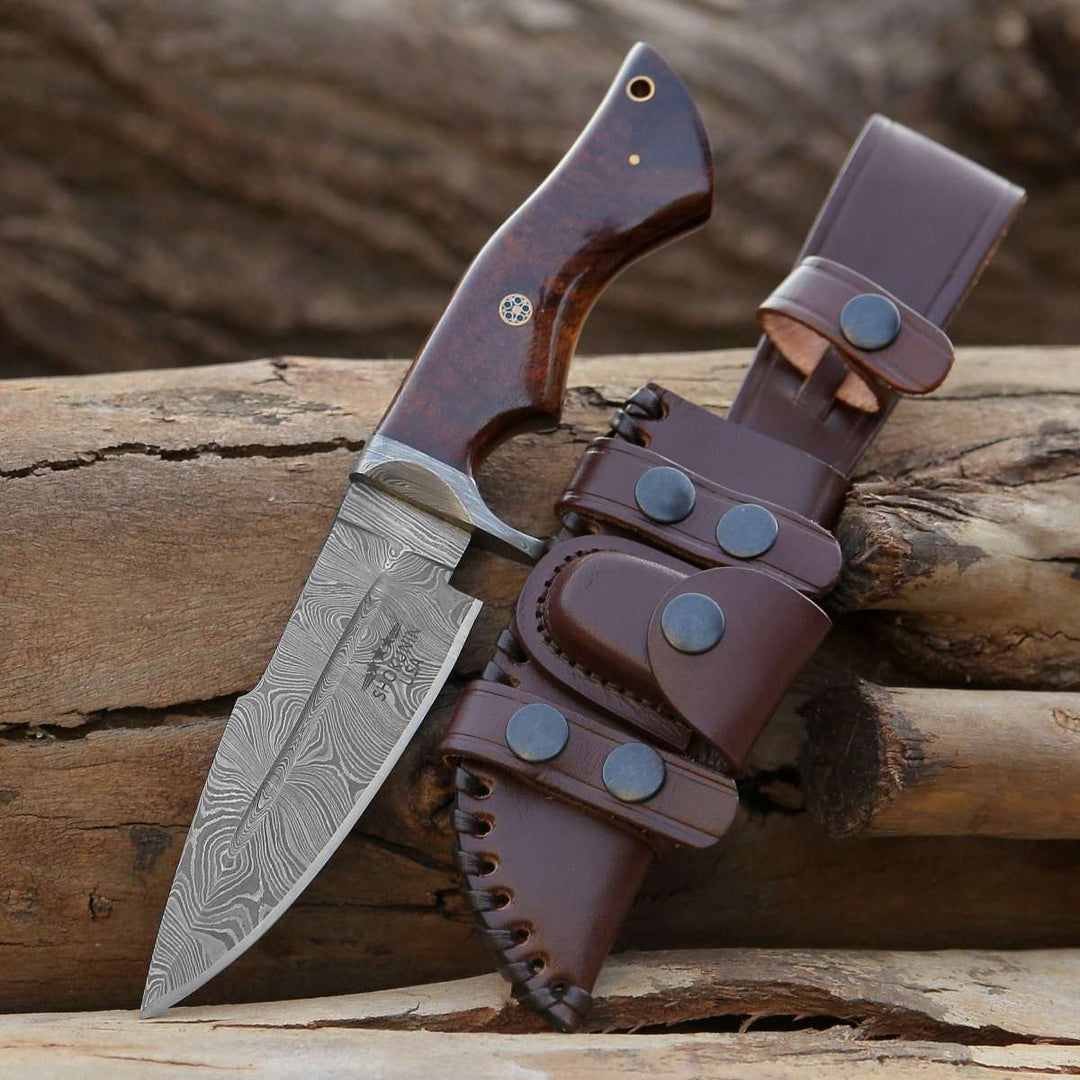
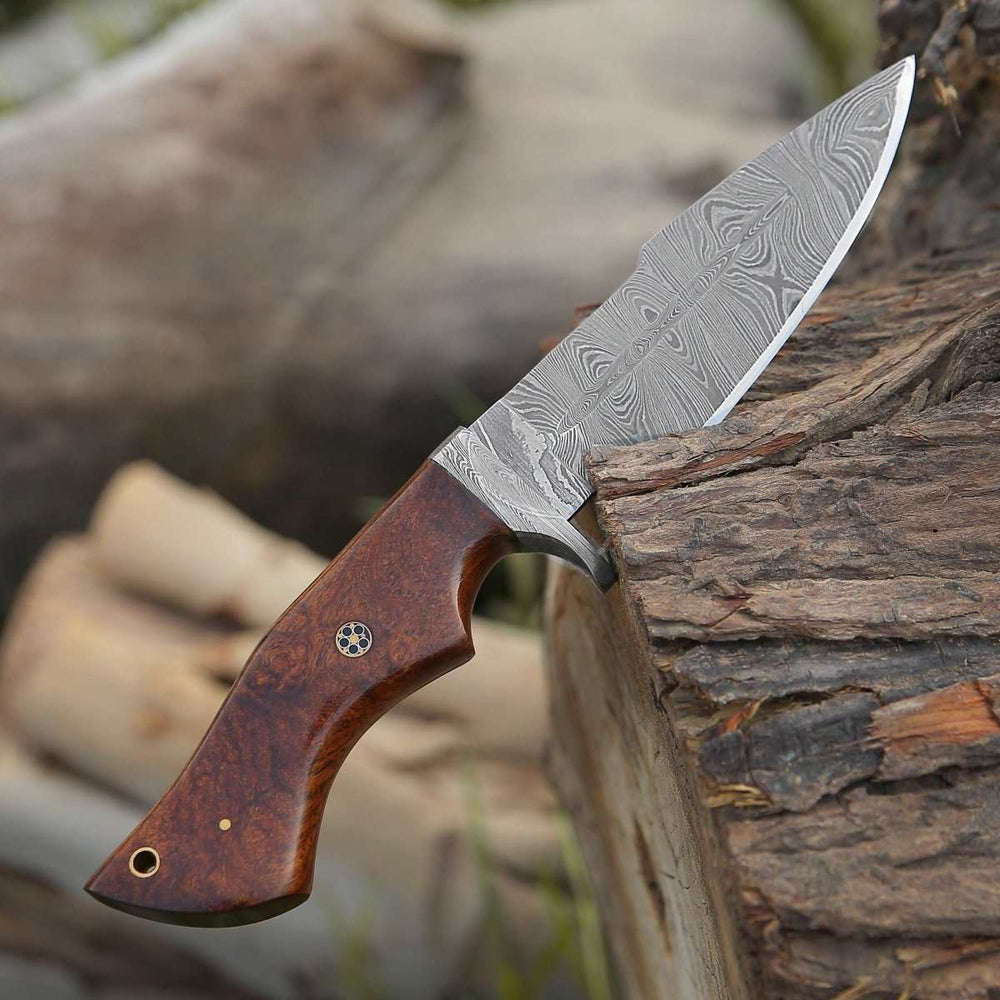
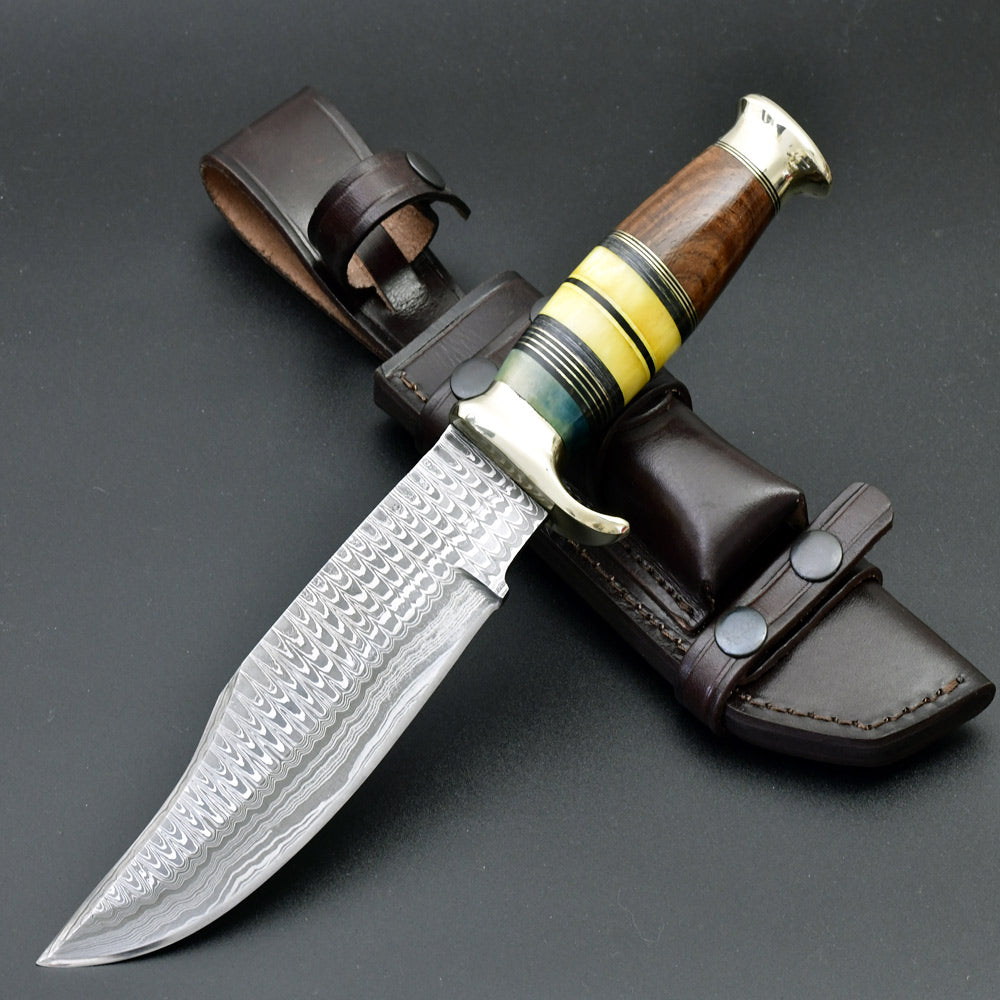
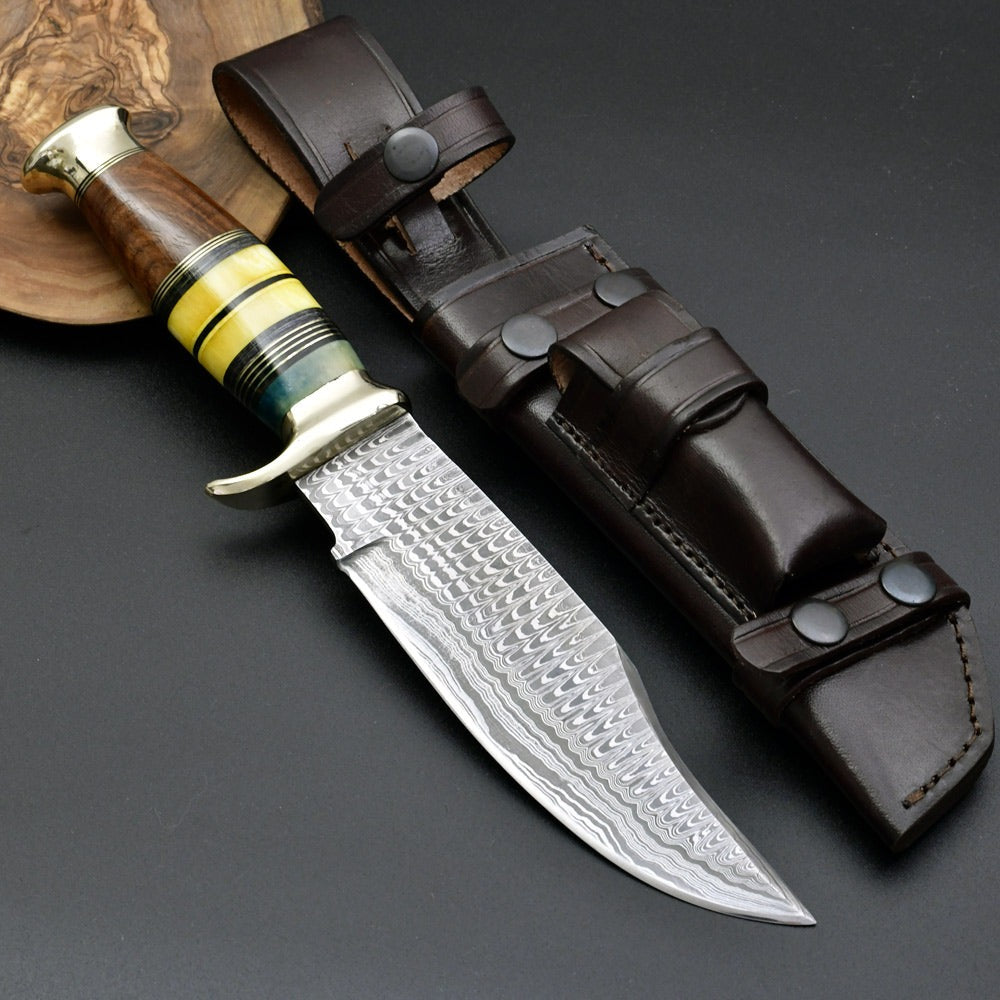
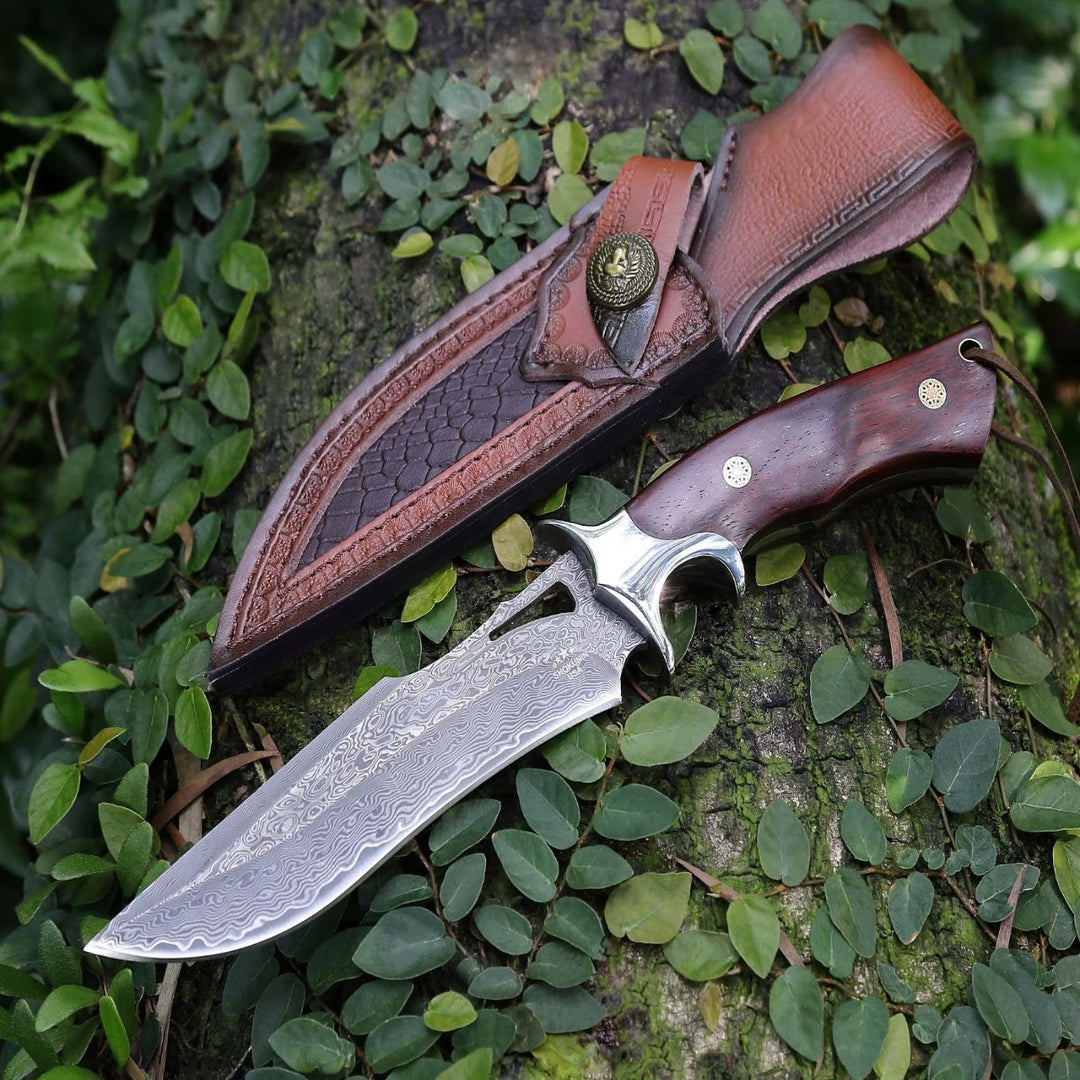
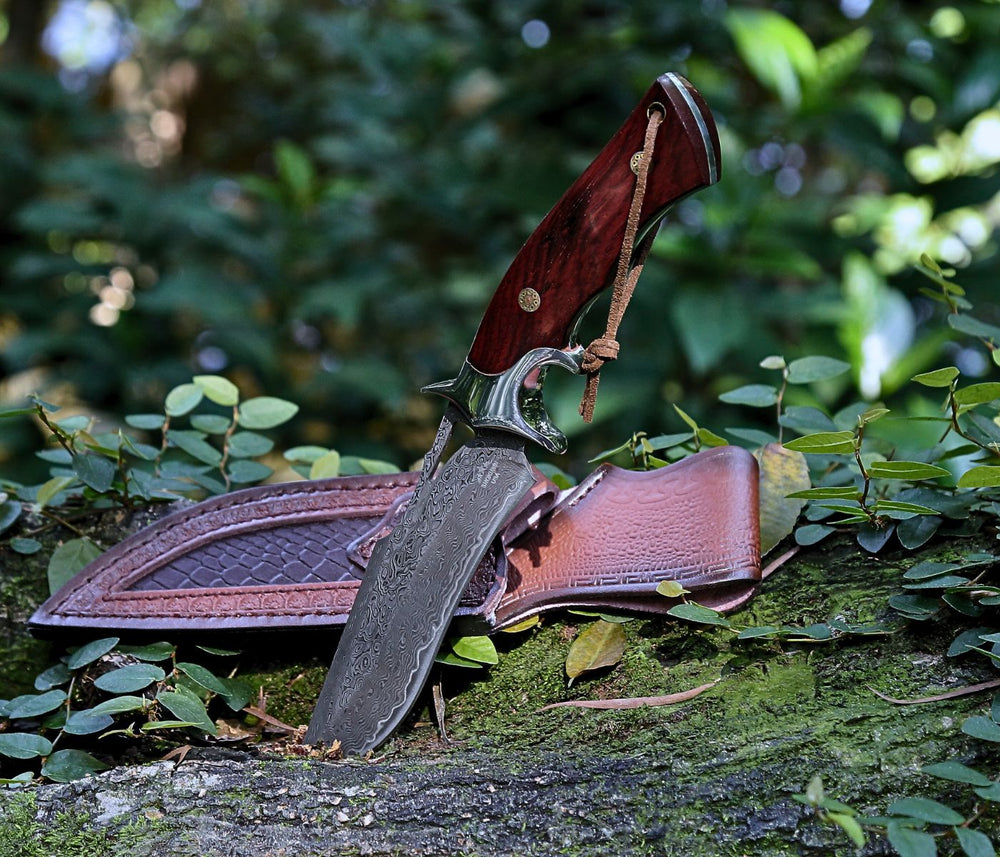
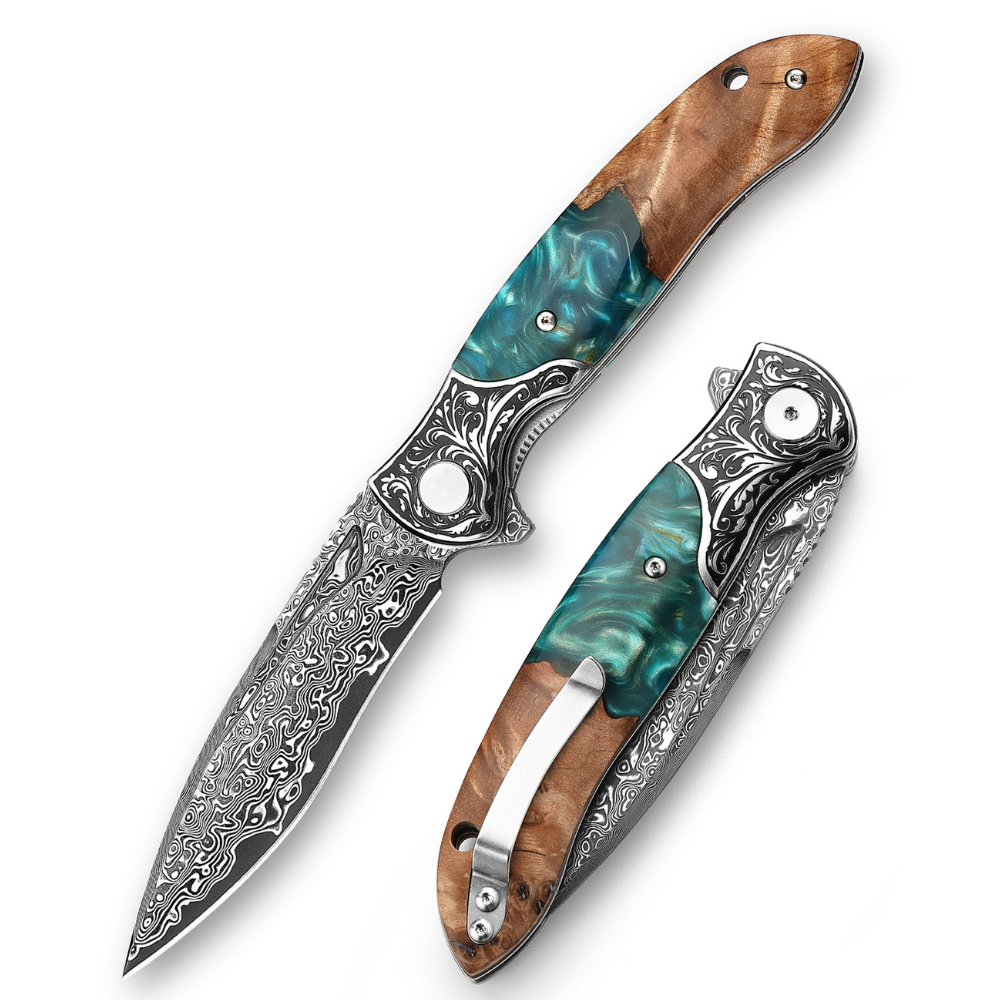
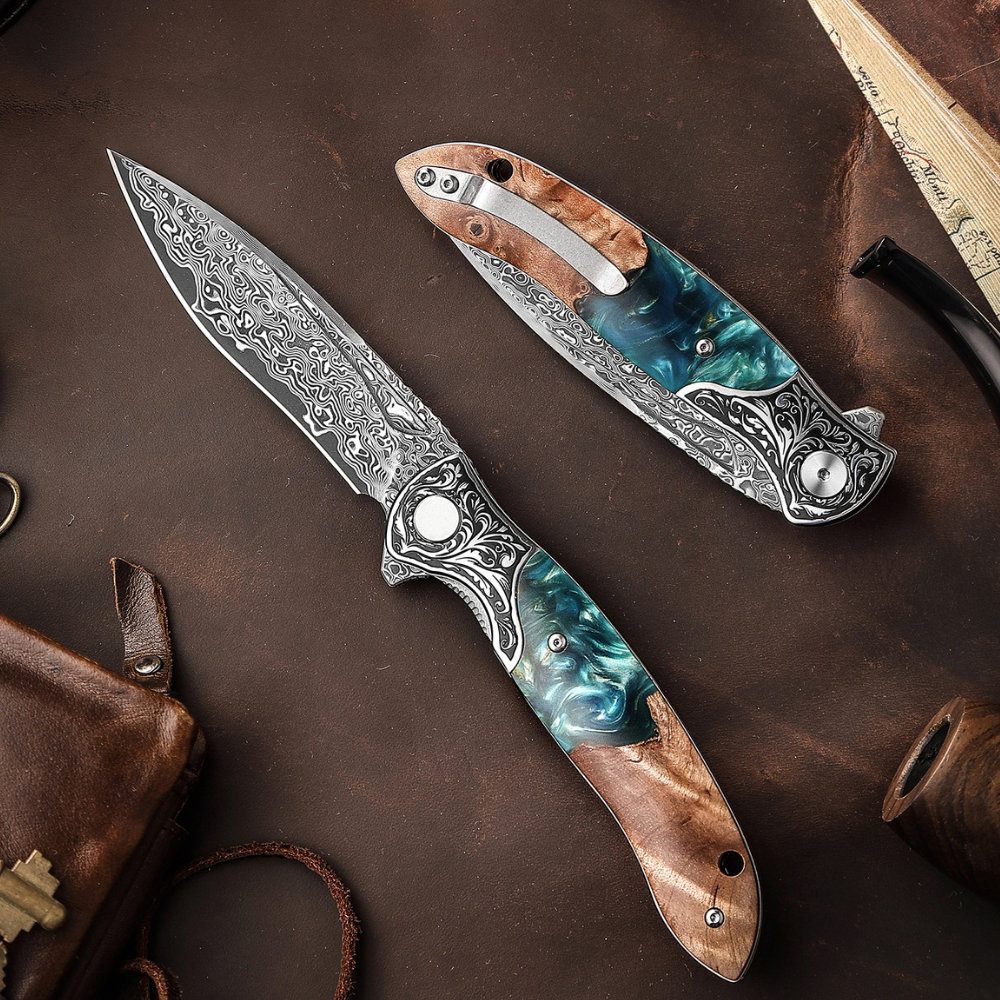
Leave a comment